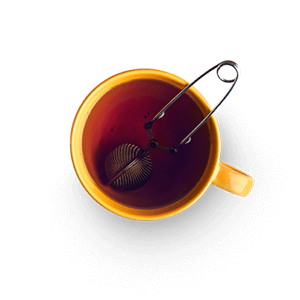снеж . 04, 2024 00:50 Back to list
Effective Techniques for Achieving High Germination Rates in Quality Pear Pollen
High-Quality Pear Pollen Germination Key to Fruit Production and Reproductive Success
Pollen germination is a fundamental process in the reproductive cycle of flowering plants, playing a crucial role in the formation of fruits and seeds. Among various fruit-bearing species, pears (Pyrus spp.) hold significant economic and nutritional value worldwide. However, the quality of pear pollen and its germination efficiency directly impact fruit yield and quality. Understanding the factors influencing high-quality pear pollen germination is essential for enhancing fruit production and ensuring agricultural sustainability.
The Importance of Pollen Quality
Pollen grains are the male gametophytes of seed plants, containing the genetic material necessary for fertilization. High-quality pollen has several characteristics, such as viability, compatibility with the pistil, and the ability to germinate successfully. For pear trees, the quality of pollen can be affected by various environmental and genetic factors, including the plant's age, flowering time, and climatic conditions. Trees that are well-nourished and grown in optimal conditions typically produce pollen of higher quality, which is more capable of germinating effectively.
Factors Influencing Pollen Germination
1. Moisture Levels One of the primary factors affecting pollen germination is the availability of moisture. Pear pollen grains require a specific level of water to initiate germination. Studies have shown that excessive moisture can lead to the breakdown of pollen grains, while insufficient moisture can hinder the germination process. The ideal conditions involve a balance that allows the pollen to absorb water without compromising its structure.
2. Temperature Temperature plays a crucial role in the germination process. Pear pollen germination is highly sensitive to temperature variations. Research indicates that optimal temperatures for germination range between 20°C to 25°C (68°F to 77°F). Extreme temperatures, either too high or too low, can negatively impact the vegetative growth of pollen tubes and hinder successful fertilization.
3. Nutritional Status The nutritional composition of the pollen influences its capacity to germinate. High-quality pollen often contains sufficient nutrients, including carbohydrates, proteins, and minerals, which are vital for sustaining metabolic processes during germination. Fertilization practices that enhance the overall health of pear trees can ultimately lead to the production of superior-quality pollen.
high quality pear pollen germination

4. Genetic Factors Different pear varieties exhibit varying levels of pollen viability and germination rates. Breeding programs focusing on enhancing the genetic traits that promote high pollen quality can help in developing varieties that are more effective in reproduction. Understanding the genetic basis of pollen behavior is essential for selecting the best parent plants in breeding efforts.
Techniques to Enhance Pollen Germination
To optimize pear pollen germination in agricultural settings, several techniques can be employed. One effective method is controlled pollination, where pollen from high-quality sources is manually applied to flowers. This ensures that the most viable pollen is used, increasing the likelihood of successful fertilization.
Another approach is the use of plant growth regulators, which can enhance pollen tube elongation and improve overall germination rates. Additionally, utilizing innovative irrigation practices that maintain optimal moisture levels in the soil can create a conducive environment for germination.
Conclusion
High-quality pear pollen germination is pivotal for successful fruit production and contributes significantly to the agricultural economy. By understanding the biological, environmental, and genetic factors that influence pollen quality, growers can adopt methods and practices that optimize germination rates. This not only maximizes yield but also improves the quality of the fruit produced, making it more appealing to consumers. As the demand for high-quality fruits continues to rise, investing in research and practical applications surrounding pollen germination will be essential for the sustainability of pear cultivation and other fruit-producing industries.
In conclusion, focusing on improving pollen germination through enhanced management practices and genetic research will pave the way for increased pear production and contribute to the overall success of horticulture.
-
Artificial Pollination Solutions for Pear Trees Auxiliary Pollination Services & Pricelist
NewsJun.10,2025
-
Bagging Paper Bag for Fruit - Wholesale Suppliers & Manufacturers for Fruit Factories
NewsJun.10,2025
-
Premium Apple Birch Tree Pollen Suppliers Quality Exporters
NewsJun.09,2025
-
Lorado Pollen Suppliers Pure Apricot Flower Pollen Collection
NewsJun.09,2025
-
Premium Mulberry Pollen Natural Source for Bee Health & Nutrition
NewsJun.09,2025
-
Optimize Cross Pollination Functions Top Manufacturers & Suppliers
NewsJun.09,2025